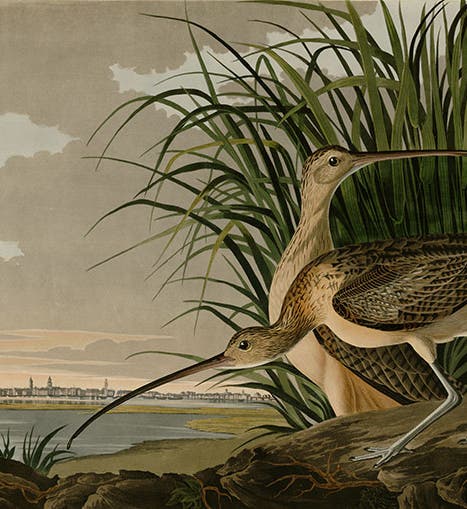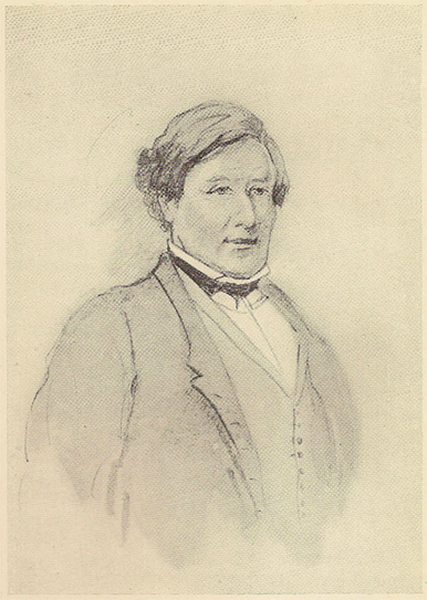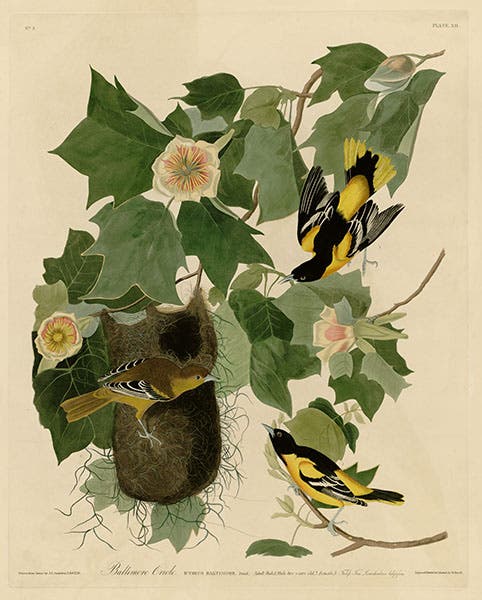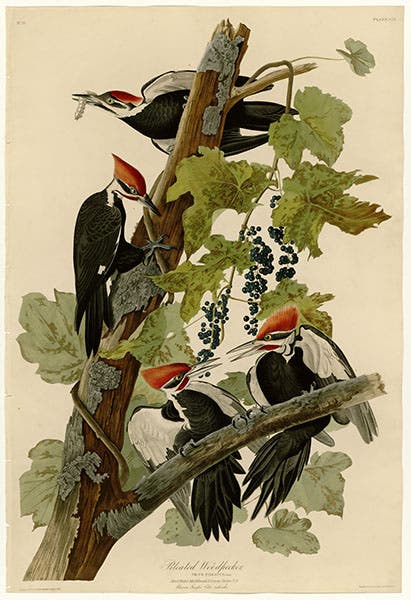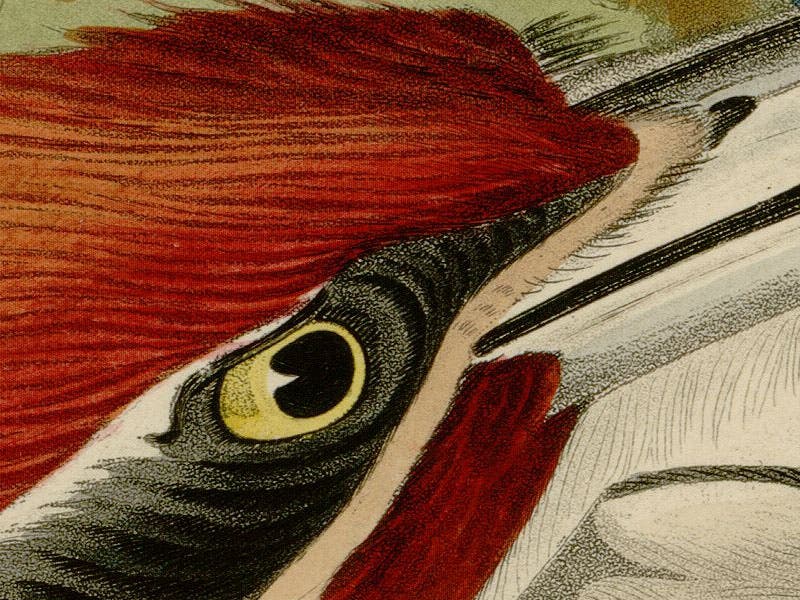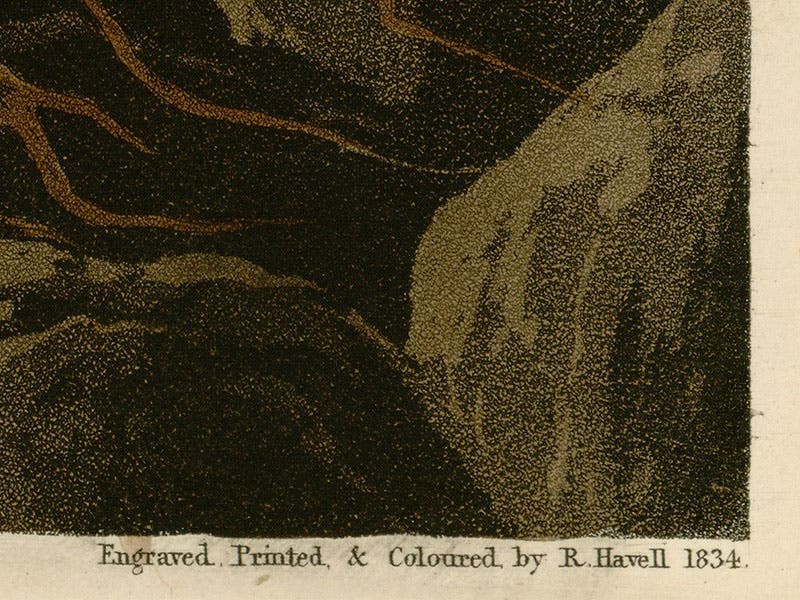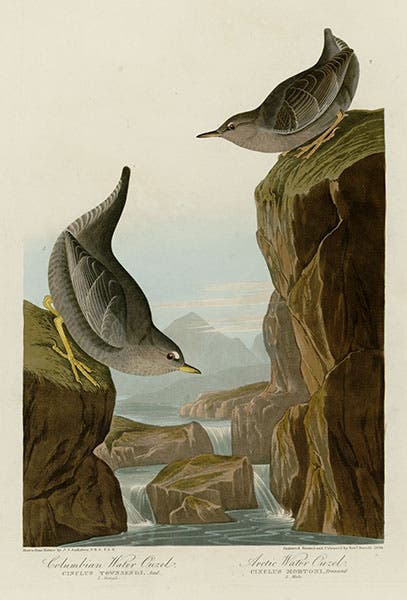Scientist of the Day - Robert Havell, Jr.
Robert Havell, Jr., an English engraver, was born Nov. 25, 1793. His father, Robert senior, ran a print shop in London. When John James Audubon, trying to launch his projected Birds of America, was having problems with the Edinburgh engraving firm of William Lizars, he came to London to look for a new engraver and printer for his book. This was in 1827. Happenstance and persistence led him to Havell senior, who was interested in doing the printing of the plates but didn't have the time or energy to do the engraving. Havell’s son was an engraver, but the two had been estranged for several years, so Robert Sr. asked around among his colleagues for a suitable engraver, and one specimen engraving that he was shown was perfect. When he asked who the engraver was, he was told it had been done by Robert Jr. So father invited son back into the firm, and Robert Jr. made a test engraving for Audubon. Audubon was delighted with the engraving, and the coloring, and the paper – in fact, he was overjoyed. He had been so depressed by the slow progress of things in Edinburgh, where the colorists were on strike and Lizars had not made a single deadline.
What made Havell Jr. so attractive to Audubon was his mastery of the aquatint process, a type of etching that produces a full range of shading and dramatic backgrounds and skies. So Havell senior and junior were signed on as printer and engraver respectively, and over the course of the next 11 years, Robert Jr. engraved 425 double-elephant folio prints, all but ten of the 435 plates that make up the complete work, and Robert Sr. printed them and had them colored.
One of junior’s first aquatints was the Baltimore oriole plate, no. 12 (the first ten plates had been executed and printed by Lizars). A later engraving (no. 111) shows the pileated woodpecker, a still later one (no. 231) depicts the long-billed curlew:, and Robert’s very last plate (no. 435) showed two water ouzels.
We reproduce all four of these engravings here, and in addition we provide two details, one of the head of a pileated woodpecker, so you can marvel at Havell Jr.’s mastery of aquatint, and another of the signature on the curlew plate, where you can see not only more aquatint grain, but the convenience of having father and son bearing the same name.
As you might have guessed, since we are taking our images from Wikimedia, we do not own the folio edition of Audubon’s Birds of America. We do have a lovely octavo edition, published 1840-44, but that uses lithographs, not engravings, and so Havell was not employed for that edition.
The folio Birds of America was finished in 1838, and Audubon invited Robert Jr. to come to the United States, which Robert did, never returning to England. He did commercial engraving and aquatints for a dozen years in New York, but then he began painting landscapes, especially of the Hudson River. Since at the time there was a flourishing Hudson River School of Romantic painters, Robert by his choice of subject matter found himself included in the group, which put him in pretty fine company, since others of the School included Frederic Church, John Frederick Kensett, and Albert Bierstadt. Below is one of Havell’s oil paintings, The Hudson River North to Croton Point (1851; eighth image). There are many examples of his work in New York and New England museums.
Havell was buried in the Sleepy Hollow Cemetery in Westchester County, not far from where Ichabod Crane was done in by the Headless Horseman. It is appropriate then that Washington Irving is buried in the very same cemetery. We were not able to determine if Havell and Irving share the same row.
Dr. William B. Ashworth, Jr., Consultant for the History of Science, Linda Hall Library and Associate Professor emeritus, Department of History, University of Missouri-Kansas City. Comments or corrections are welcome; please direct to ashworthw@umkc.edu.

